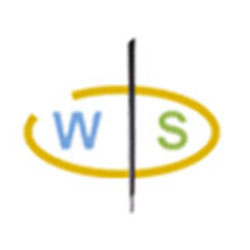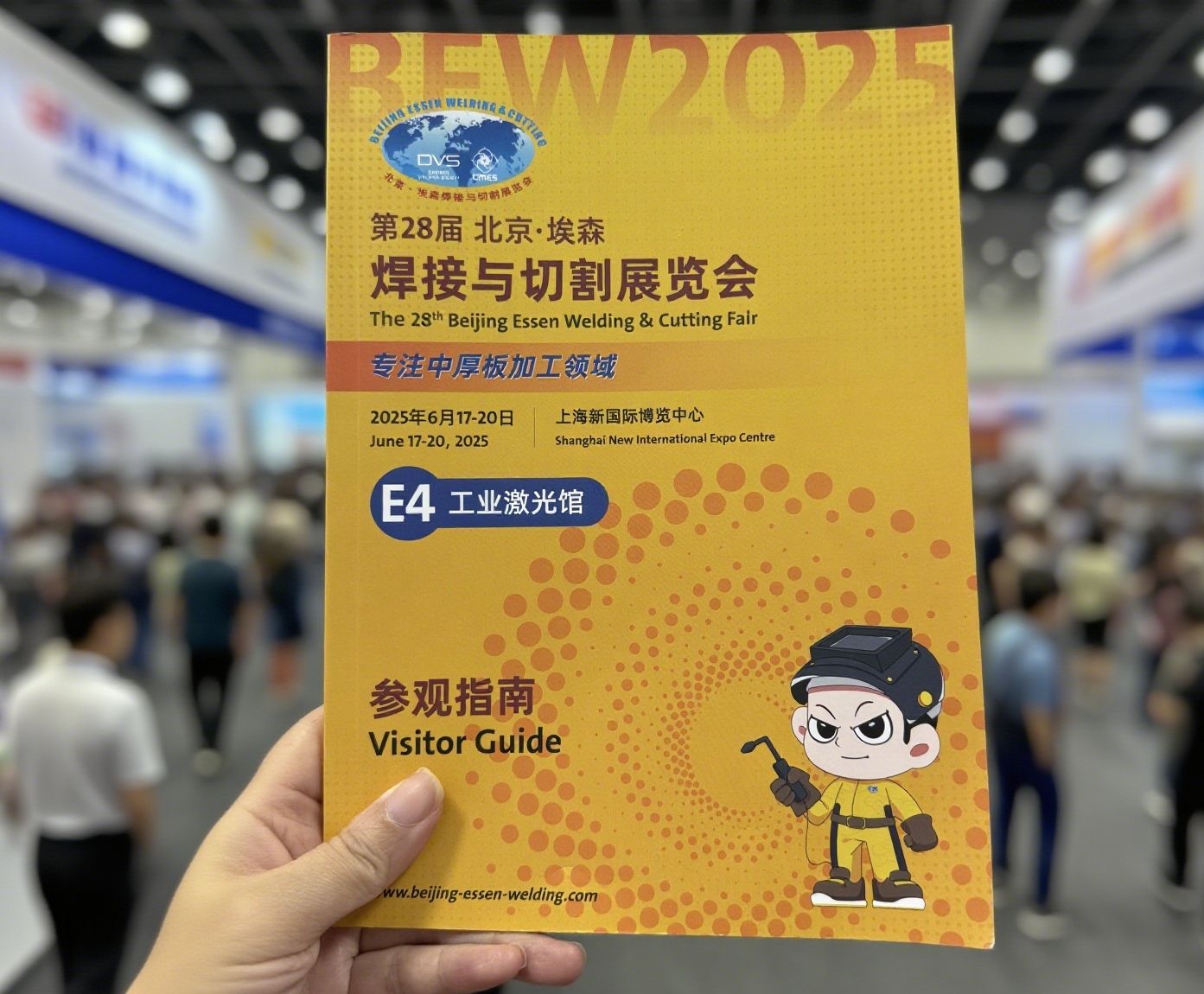Weldability of Aluminum and Aluminum Alloys
Weldability refers to the ease with which a metal can be welded and yield a high-quality joint. Due to the unique physical and chemical properties of aluminum and aluminum alloys—such as low density, good corrosion resistance, and distinct responses to heat treatment—their welding involves specific challenges. Below is a detailed explanation of core issues, corresponding solutions.
1.Susceptibility to Oxidation: The Primary Obstacle in Welding
Aluminum has an extremely strong affinity for oxygen, forming a dense aluminum oxide film on its surface even at room temperature; oxidation intensifies significantly at high temperatures. This film has a melting point of 2050°C (far exceeding the ~660°C melting point of aluminum alloys) and a density ~1.4 times that of aluminum alloys. It impedes the fusion of molten pool metal, leading to defects like incomplete fusion and slag inclusion; it also absorbs moisture to induce porosity and causes arc drift due to its low electron work function.
Countermeasures:
-Conduct rigorous surface cleaning before welding: Use mechanical cleaning (stainless steel wire brushing, scraping), solvent degreasing (organic solvents for oil/grease removal), or chemical etching (5% sodium hydroxide solution followed by nitric acid rinsing) to eliminate oxide films and contaminants.
-During welding: Maintain an efficient gas shield (to avoid air entrainment) and protect the arc from draughts; use DC reverse polarity (for Gas Metal Arc Welding, GMAW) or AC power supply (for Tungsten Inert Gas Welding, TIG) to leverage the cathodic cleaning effect—positive ions in the arc impact the molten pool surface to break down newly formed oxide films.
2.Susceptibility to Porosity: A Prevalent Weld Imperfection
Porosity is often considered an inherent challenge in aluminum alloy welding, especially in MIG welds. The primary cause is hydrogen absorption by the molten pool: hydrogen is barely soluble in solid aluminum but dissolves in large quantities in liquid aluminum at high temperatures. At the solidification point, hydrogen solubility drops sharply, leading to the formation of discrete bubbles; aluminum’s low density and high thermal conductivity slow bubble floating, while rapid molten pool solidification traps bubbles, resulting in porosity.
Common hydrogen sources include hydrocarbons/moisture on the base metal/filler wire surfaces and water vapor in the shielding gas. Even trace hydrogen levels can exceed the threshold for bubble nucleation in aluminum.
Countermeasures:
-Thoroughly clean base metals and filler wires to remove oxides, water, oil, and loose particles.
-In gas-shielded welding: Purge the welding system for ~1 hour before use to prevent water vapor buildup in gas lines; ensure a stable gas shield to avoid air entrainment.
-Adjust welding parameters: Increase welding speed to accelerate solidification (reducing bubble formation time) or extend cooling time to facilitate bubble escape; prioritize flat welding positions to minimize bubble retention.
3.Susceptibility to Hot Cracking: A Key Risk for High-Strength Alloys
The high thermal expansion of aluminum is approximately twice that of steel, with a substantial contraction on solidification – typically 5 % more than in equivalent steel welds—easily causing high stress during welding. Additionally, aluminum has extremely low strength (e.g., the strength of pure aluminum at 375°C is less than 9.8MPa) and poor plasticity at high temperatures. If the impurity content in the alloy exceeds the standard, low-melting eutectics will form. The combined effect of these factors tends to induce hot cracking (solidification cracking in the weld zone and liquation cracking in the heat-affected zone, HAZ).
Countermeasures:
Use aluminum-silicon welding wires (e.g., ER4043) to adjust the weld composition; strictly control the impurity content in the weld; avoid over-clamping the workpiece to reduce restraint and stress; optimize welding process parameters to minimize fluctuations in heat input.
4.Need for High-Heat Input: A Core Requirement to Avoid Incomplete Fusion
The thermal conductivity and heat capacity of aluminum alloys are quite high, roughly more than double those of steel (specifically, their thermal conductivity is about 2–4 times that of steel). During the welding process, a large amount of heat is rapidly conducted to the interior of the base metal. As a result, the heat loss during aluminum alloy welding is greater than that during steel welding, requiring more heat input. To achieve the same welding speed as steel, the welding heat input for aluminum alloys needs to be 2–4 times that of steel; otherwise, incomplete fusion is likely to occur.
Countermeasures:
To obtain high-quality welded joints, it is essential to use a heat source with concentrated energy and high power for welding. For thick workpieces, it is necessary to adopt process measures such as preheating and controlling the ambient humidity.
5.Susceptibility to Deformation: A Major Challenge for Structural Precision
Aluminum has high thermal conductivity, large heat capacity, and a high linear expansion coefficient. Uneven local heating during welding causes significant thermal expansion and contraction, leading to workpiece deformation and affecting structural dimensional accuracy.
Countermeasures:
Fix the workpiece with dedicated fixtures to ensure accurate assembly positioning; the clamping force of the fixtures should be moderate—excessive clamping will increase post-weld residual stress, which may instead induce cracking.

